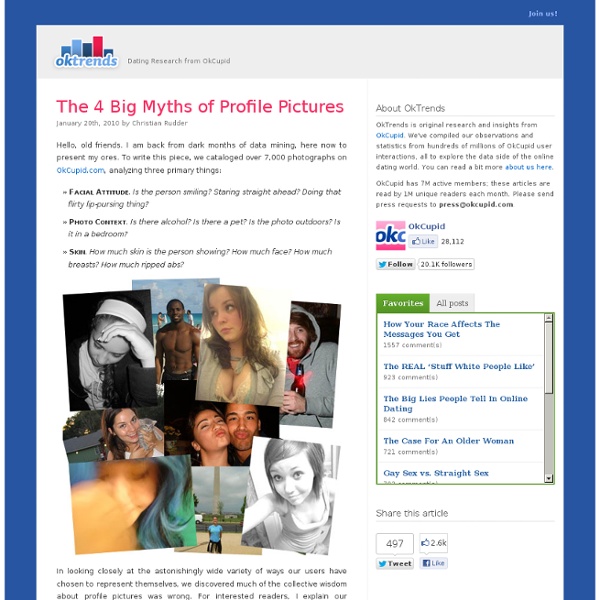Le Web, c’est folk LOL
Ode aux usagers des ordinateurs, Digital Folklore est un livre qui célèbre la culture amateur d’aujourd’hui et d’hier, invitant le lecteur à une véritable odyssée à travers l’histoire du World Wide Web, sondant la Toile jusque dans ses recoins les plus inavouables et les plus inattendus. Les instigateurs de cette Bible érudite, drôle et décalée, Olia Lialina et Dragan Espenschied, font partie d’une avant-garde artistique qui a exploré le médium dans les années 90, à l’époque héroïque du net.art, bercée par les stridulations d’un modem 28,8 kbit/s, quand le moteur de recherche s’appelait Altavista, que les pages personnelles étaient hébergées sur Geocities et qu’on s’abonnait à des mailing-lists. Une ère où «le Web était scintillant, riche, personnel, lent et en construction» . Les artistes enseignent tous deux à l’université de Stuttgart Merz Akademie, où Olia anime un cours dédié au folklore digital. Comment définiriez-vous cette notion de «folklore numérique» ? Photo Olia Lialina
A 3-Step Cure for Digital Packrats, and How to Know If You’re On
Post written by Leo Babauta. I have a confession to make: until recently, I was a digital packrat. While my outer life has become fairly simple, as I declutter my home and workspace, and my paper files have also become pretty simple, my digital life was a mess. I had all kinds of files on my hard drive, just because I thought I might need them. Trouble is, there are costs to such packrattery. How do I know? How to Know If You’re a Digital Packrat The main way to know: 1) you feel that you should keep a lot of files “just in case”; 2) it takes you too long to find stuff; 3) your digital life is becoming complicated, with multiple email accounts, drives, storage mediums and either a mess of files or a mess of folders. But here are a few symptoms: Do you have 20 or more folders and sub-folders in your documents folder on your hard drive? If you answered “yes” to more than one of these questions, more than likely, you’re a digital packrat. Go through a massive purge.
Neuroscience Movies
"...And when he came to the place where the wild things are they roared their terrible roars and gnashed their terrible teeth and rolled their terrible eyes and showed their terrible claws till Max said "BE STILL!" and tamed them with the magic trick of staring into all their yellow eyes without blinking once and they were frightened and called him the most wild thing of all and made him king of all wild things."--- Maurice Sendak, Where the Wild Things Are "Feral" means wild or existing in a natural state. Feral children are NOT the same as autistic children - both of these conditions are due to aberrations of the normal biological developmental process. The films selected here all depict children who have been socially isolated from an early age. Themes that merit exploration in these films include those of human vs. animal attributes, wild and natural vs. manmade and unnatural, civilized vs. barbaric, noble vs. barbaric. Questions to consider while viewing these films:
Sex.com et Sexe.org mis en vente : un faux bon coup ? (mis à jou
Zen Habits — Simple Productivity 3.6 Beta 2
Optical Illusions funny, scary and amazing optical illusion magic to fool your eyes.
In Woman’s Day Magazine: How To Get A Raise At Work? Clean Your Vagina
Yes, you read that title correctly, and no it’s not The Onion spoofing anyone: via the Meeting Boy Tumblr, I found Want a raise? Wash your vagina (dailykos.com). In a post today, Daily Kos’s dhonig points out that one of the nation’s top-read conservative women’s magazines Woman’s Day is running a large ad from Summer’s Eve that combines advertising and editorial, telling women “how to ask for a raise” with the first and top suggestion being that women should thoroughly clean their vaginas the morning they plan to assert their worth in the workplace and ask for higher wages. Yes: we now know the *real* reason women are paid less. Summer’s Eve is a company that primarily sells vaginal douches. This is so many all kinds of wrong, it’s difficult to know where to start. But let’s look at Summer’s Eve’s core product. I don’t understand how a magazine “for women” such as Woman’s Day could allow this, all the way through approval and edits, and by printing it, are endorsing the message.
7 stupid thinking errors you probably make
The brain isn’t a flawless piece of machinery. Although it is powerful and comes in an easy to carry container, it has it’s weaknesses. A field in psychology which studies these errors, known as biases. Although you can’t upgrade your mental hardware, noticing these biases can clue you into possible mistakes.How Bias Hurts You If you were in a canoe, you’d probably want to know about any holes in the boat before you start paddling. Biases can be holes in your reasoning abilities and they can impair your decision making. Simply noticing these holes isn’t enough; a canoe will fill with water whether you are aware of a hole or not. Biases hurt you in a number of areas: Decision making. Here are some common thinking errors:1) Confirmation Bias The confirmation bias is a tendency to seek information to prove, rather than disprove our theories. Consider a study conducted by Peter Cathcart Wason. This is the tendency to see patterns where none actually exist.



